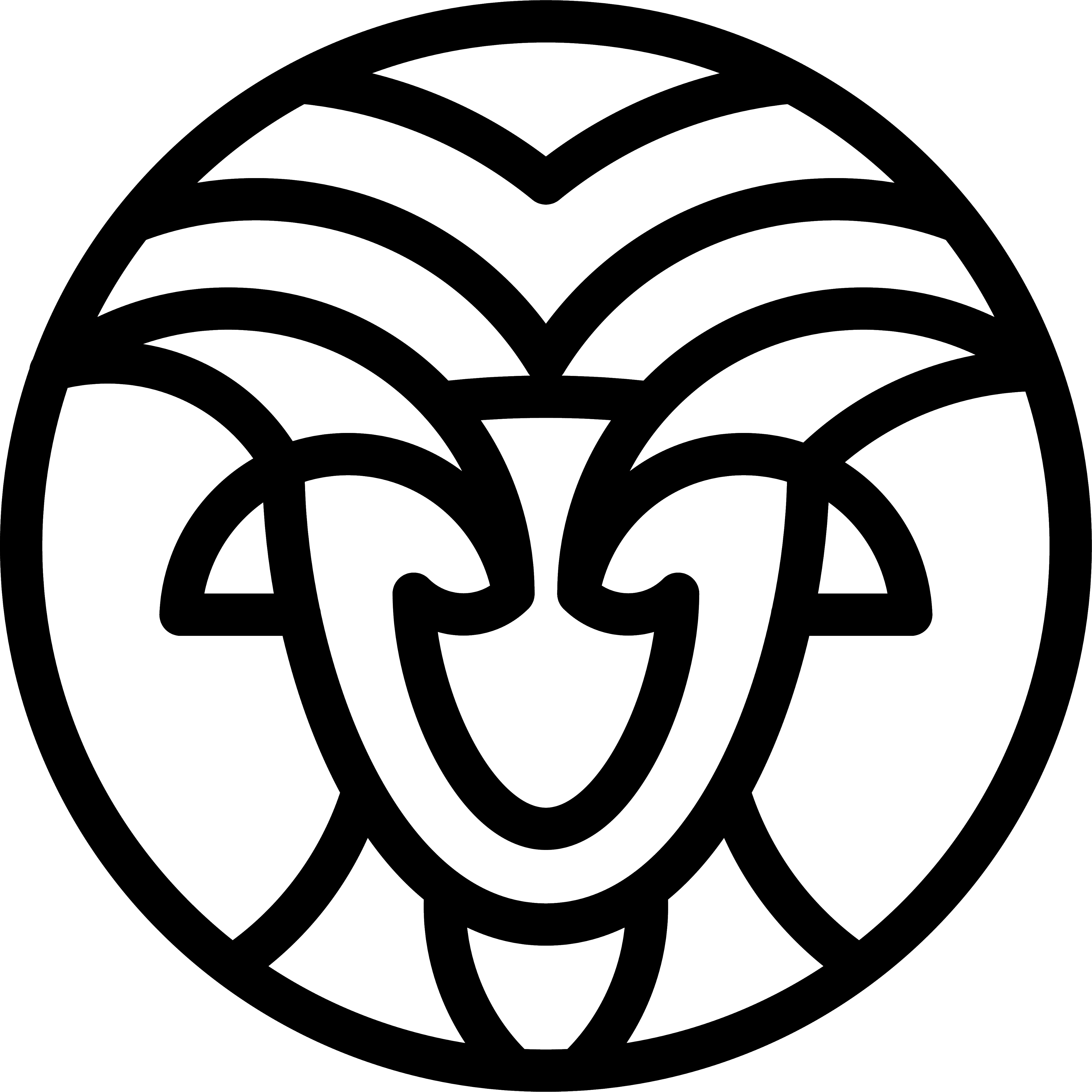Patrimonio Hoy
From an App to a True Financial Inclusion Ecosystem
Timeline
2022
Role
Service Designer
Platform
App
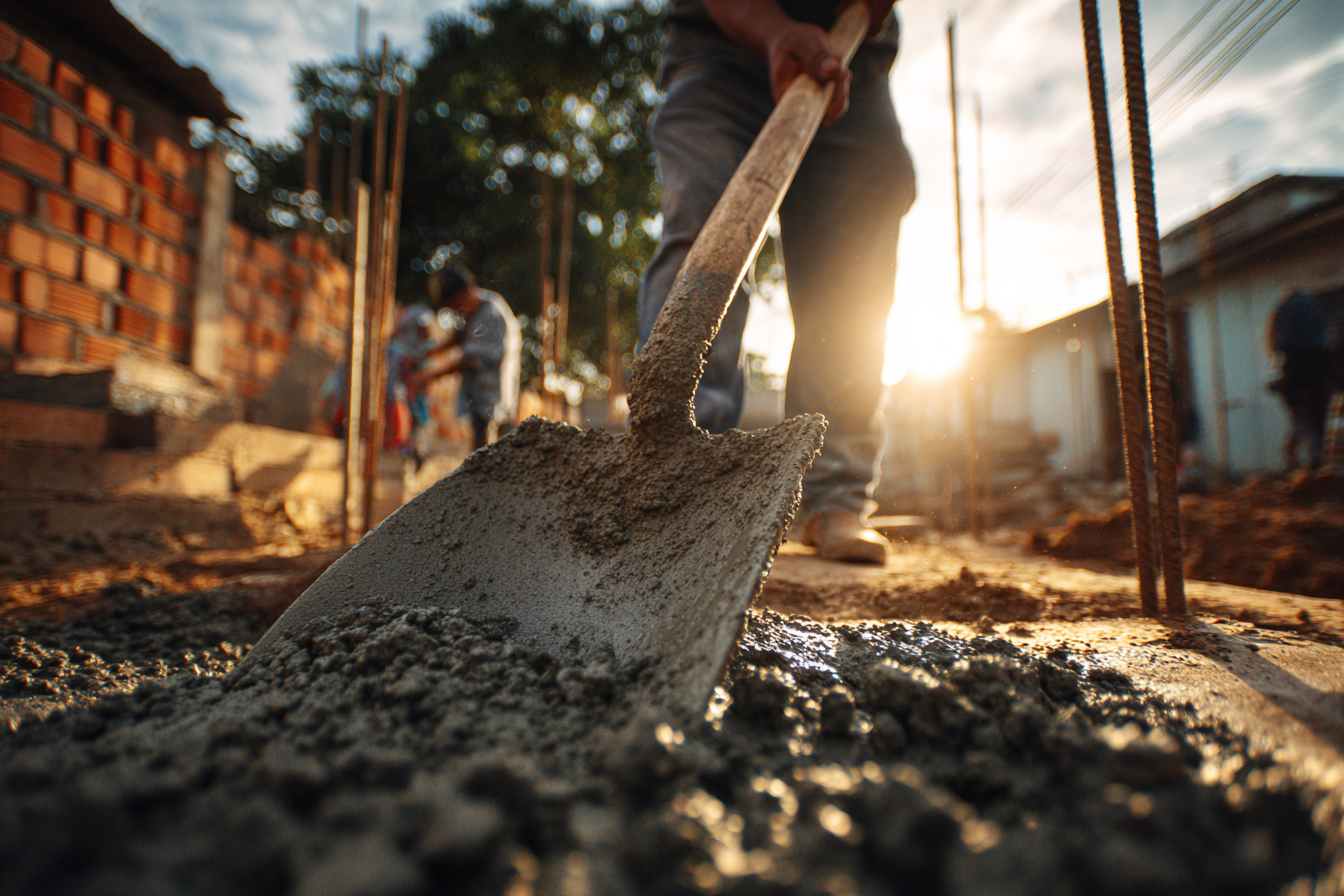
The Original Challenge CEMEX México sought to scale their Patrimonio Hoy program from 7,000 to 17,700 active partners through a mobile application. Stakeholders were convinced an app would solve their communication and service problems.
My Role & Constraints As Service Designer and Design Sprint Facilitator, I had 2 weeks to design a solution. Despite successfully aligning stakeholders and delivering the requested app prototype, I identified fundamental flaws in the approach.
My Strategic Analysis Through user research and competitive analysis during the Sprint, I discovered that the real problem wasn't lack of technology, but systemic disconnection between the program and its users. An app would be an expensive and inaccessible solution for 60% of users with primary education and limited smartphones.
My Alternative Vision This case study presents the solution I would have implemented given proper time and authority: an omnichannel ecosystem that meets users where they are, using WhatsApp, SMS, and existing retail infrastructure instead of a standalone app.
The Real Context: Beyond Metrics
The Users Nobody Was Really Seeing
To design for financial inclusion in Mexico, you must understand that 56% of the economy is informal. This isn't a bug, it's a feature that has evolved over centuries. My solution embraces rather than fights this reality.
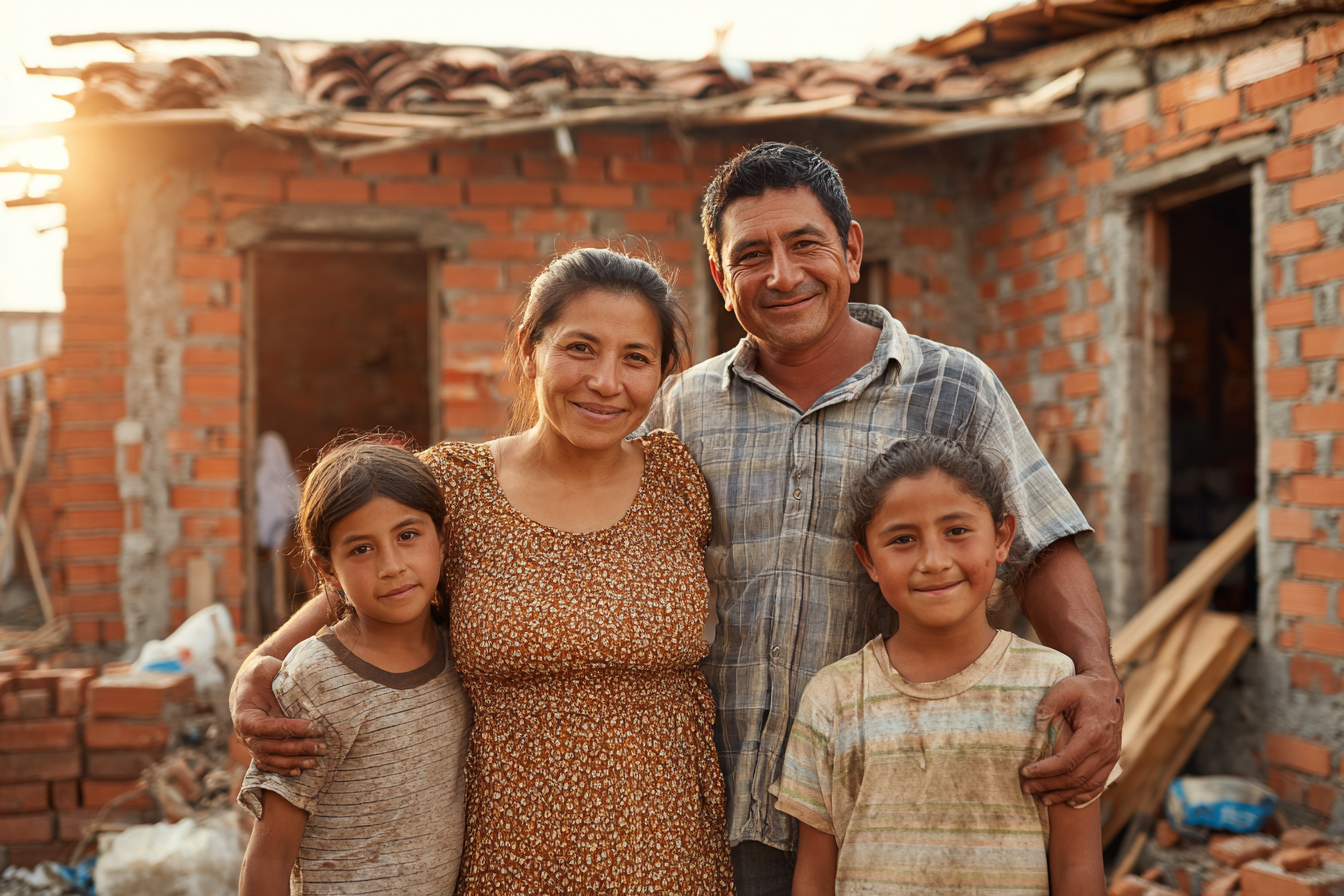
NSE D+ Socioeconomic Profile
$300-600 USD
monthly household income
60%
have only primary or secondary education.
$5-10 USD
monthly prepaid phone plans on low-end smartphones
37%
banking access
60%
of homes are self-built progressively over 5-15 years
Prepaid phone culture with frequent carrier switching for promotions
The Critical Insight That Changed Everything
During ethnographic sessions (which I would extend from 2 days to 3 months in my proposal), I discovered these users:
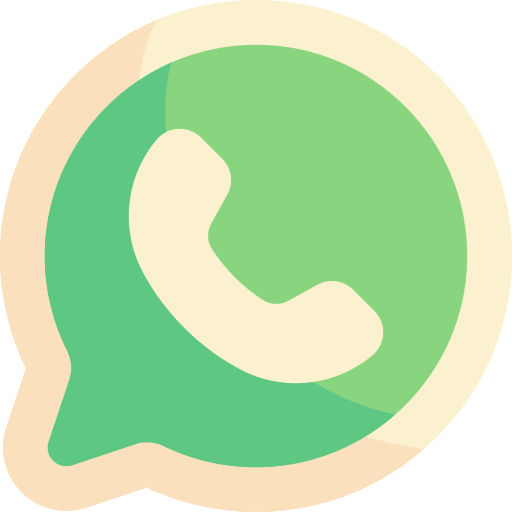
WhatsApp First
Even $3 USD prepaid plans include unlimited WhatsApp, the most accessible platform for low-income users.
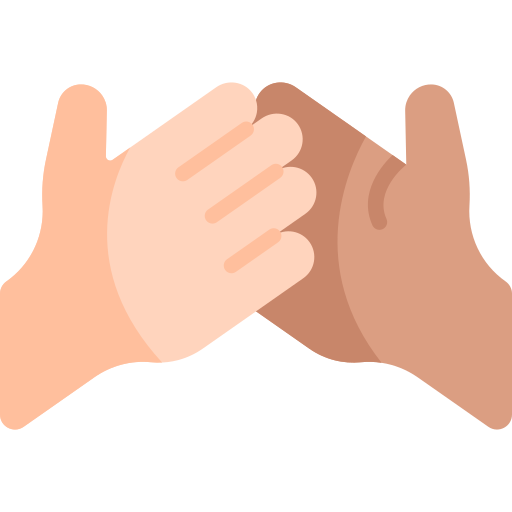
Trust in People
Users prefer human relationships over apps, conducting transactions through trusted connections.
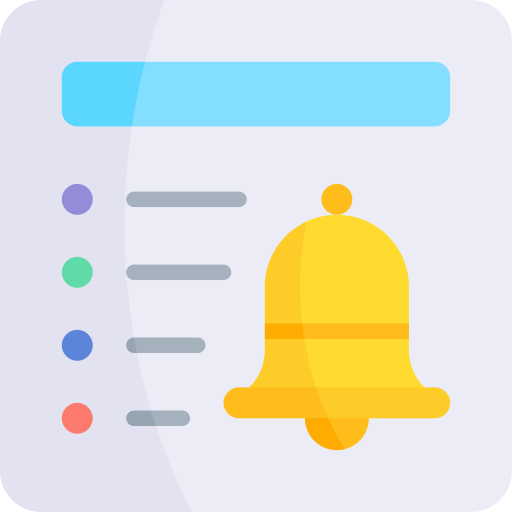
Smart Reminders
Users need payment reminders but reject push notifications, preferring respectful contextual messages.
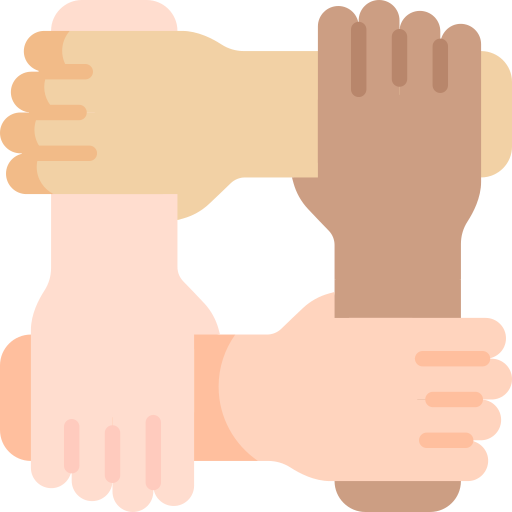
Community Power
Neighborhood networks and local relationships matter more than digital convenience.
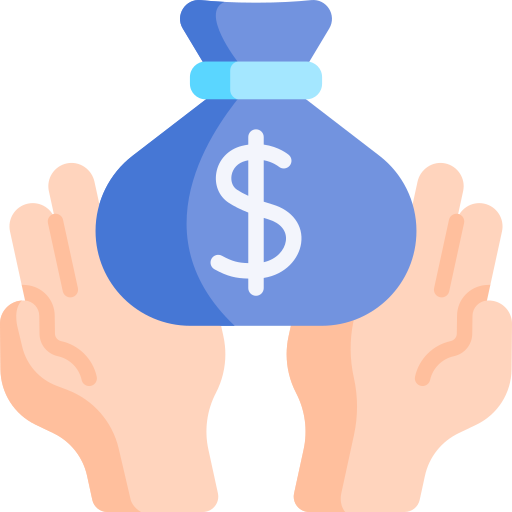
Tanda Culture
Users already save through "tandas", rotating community groups where members contribute weekly and take turns receiving the pot.
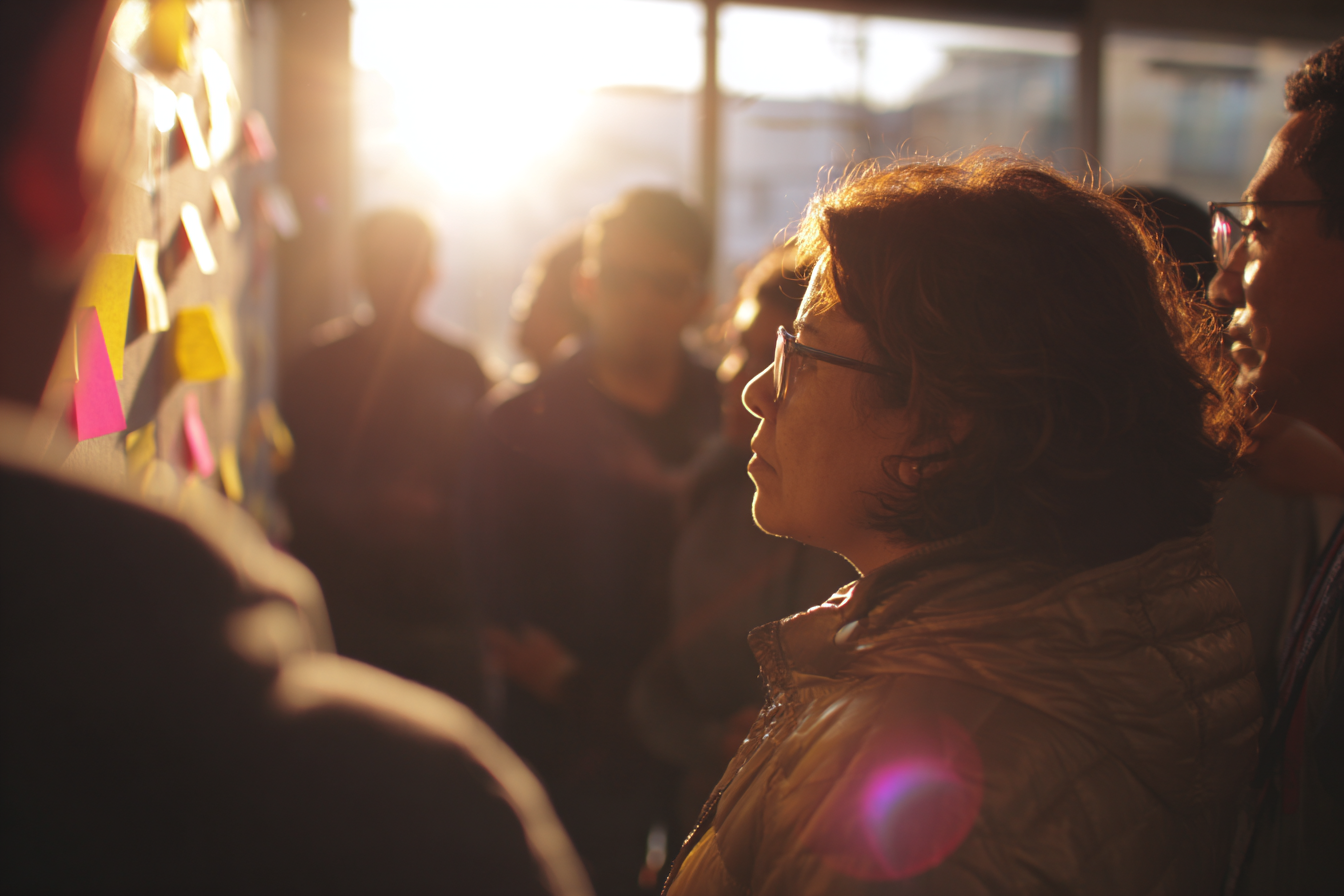
My Innovation Approach: From Constraints to Vision
In just 2 weeks, I transformed a limiting constraint into strategic clarity. While successfully delivering the requested app prototype through the Design Sprint process, I simultaneously conducted rapid user research that revealed a fundamental misalignment: users were already organized in WhatsApp groups, corner stores functioned as informal banks, and FAQ documents showed overwhelming preference for phone calls over digital tools.
This evidence led me to develop a comprehensive alternative strategy, not to replace what I was asked to build, but to document what should be built instead. By aligning stakeholders while challenging assumptions, I demonstrated that the real opportunity wasn't in creating new technology, but in digitizing the trust networks and informal financial systems that already existed
The Strategic Pivot I Proposed
Based on these insights, I developed a complete alternative strategy that would leverage existing infrastructure and behaviors rather than impose new technology.
- Strategic Redefinition: From Design Sprint to Design Marathon
Weeks 1-2
Stakeholder Alignment Sprint
Keep the initial sprint for alignment
But reframe the problem: "How might we create Mexico's most inclusive communication system?"
Weeks 3-8:
Real Ethnographic Immersion
Living in the communities
Shadowing 50 families during their construction process
Mapping the informal construction ecosystem (masons, hardware stores, community savings groups)
Weeks 9-12
Community Co-creation
Workshops in communities, not offices
Cardboard prototypes before Figma
Involving community leaders as co-designers
- The Real Solution: The Patrimonio Hoy 2.0 Ecosystem
Weeks 13-15
Digital Communication Infrastructure
A conversational payment system built on WhatsApp Business API that speaks naturally to customers, remembers their preferences, and uses SMS for critical notifications when internet isn't available—no complicated menus, just simple conversations.
Weeks 16-18
Community & Human Networks
A community-driven system using Facebook Messenger where neighbors connect in construction groups, share trusted mason recommendations, and post progress photos. Field agents equipped with tablets visit neighborhoods biweekly, managing relationships through a simple CRM that rewards retention over sales bringing digital tools to communities without requiring users to be tech-savvy.
Weeks 19-21
Physical Infrastructure Integration
Leveraging Mexico's 1M+ corner stores (tienditas) and construction material retailers like Construrama as access points shops that already process bill payments, phone top-ups, and Amazon pickups. Customers scan a QR code for account access while store owners act as trusted financial advisors, building on their existing role of providing informal credit to their communities.
- Community MVP
Weeks 22-24:
Pilot launch in 3 neighborhoods with 100 families
Promoter registers family on WhatsApp
First message: personalized video from promoter
Goal: 80% engagement in first 48 hours
Personal follow-up for non-engaged users
Weeks 25-27
Establishing Routines
Creating sustainable engagement through weekly touchpoints, Monday balance updates, Friday payment reminders, and Sunday celebrations for completed payments. Every message is continuously optimized through A/B testing of timing and tone, with community feedback driving ongoing improvements.
Weeks 28-30
Organic Expansion
Scaling through trusted social networks with incentivized referrals and video testimonials shared via WhatsApp, Mexico's primary communication tool with 77M users. Traditional "tandas"—rotating savings groups that move $2.3B USD annually—are transformed into WhatsApp-managed circles, digitizing community savings while preserving the trust and social dynamics that make them work.
Interested in how I design products?
Let’s Collaborate
carlos@cabras.co


© 2024 Cabras.co All rights reserved.
Patrimonio Hoy
From an App to a True Financial Inclusion Ecosystem
Timeline
2022
Role
Service Designer
Platform
App

The Original Challenge CEMEX México sought to scale their Patrimonio Hoy program from 7,000 to 17,700 active partners through a mobile application. Stakeholders were convinced an app would solve their communication and service problems.
My Role & Constraints As Service Designer and Design Sprint Facilitator, I had 2 weeks to design a solution. Despite successfully aligning stakeholders and delivering the requested app prototype, I identified fundamental flaws in the approach.
My Strategic Analysis Through user research and competitive analysis during the Sprint, I discovered that the real problem wasn't lack of technology, but systemic disconnection between the program and its users. An app would be an expensive and inaccessible solution for 60% of users with primary education and limited smartphones.
My Alternative Vision This case study presents the solution I would have implemented given proper time and authority: an omnichannel ecosystem that meets users where they are, using WhatsApp, SMS, and existing retail infrastructure instead of a standalone app.
The Real Context: Beyond Metrics
The Users Nobody Was Really Seeing
To design for financial inclusion in Mexico, you must understand that 56% of the economy is informal. This isn't a bug, it's a feature that has evolved over centuries. My solution embraces rather than fights this reality.

NSE D+ Socioeconomic Profile
$300-600 USD
monthly household income
60%
have only primary or secondary education.
$5-10 USD
monthly prepaid phone plans on low-end smartphones
37%
banking access
60%
of homes are self-built progressively over 5-15 years
Prepaid phone culture with frequent carrier switching for promotions
The Critical Insight That Changed Everything
During ethnographic sessions (which I would extend from 2 days to 3 months in my proposal), I discovered these users:

WhatsApp First
Even $3 USD prepaid plans include unlimited WhatsApp, the most accessible platform for low-income users.

Trust in People
Users prefer human relationships over apps, conducting transactions through trusted connections.

Smart Reminders
Users need payment reminders but reject push notifications, preferring respectful contextual messages.

Community Power
Neighborhood networks and local relationships matter more than digital convenience.

Tanda Culture
Users already save through "tandas", rotating community groups where members contribute weekly and take turns receiving the pot.

My Innovation Approach: From Constraints to Vision
In just 2 weeks, I transformed a limiting constraint into strategic clarity. While successfully delivering the requested app prototype through the Design Sprint process, I simultaneously conducted rapid user research that revealed a fundamental misalignment: users were already organized in WhatsApp groups, corner stores functioned as informal banks, and FAQ documents showed overwhelming preference for phone calls over digital tools.
This evidence led me to develop a comprehensive alternative strategy, not to replace what I was asked to build, but to document what should be built instead. By aligning stakeholders while challenging assumptions, I demonstrated that the real opportunity wasn't in creating new technology, but in digitizing the trust networks and informal financial systems that already existed
The Strategic Pivot I Proposed
Based on these insights, I developed a complete alternative strategy that would leverage existing infrastructure and behaviors rather than impose new technology.
- Strategic Redefinition: From Design Sprint to Design Marathon
Weeks 1-2
Stakeholder Alignment Sprint
Keep the initial sprint for alignment
But reframe the problem: "How might we create Mexico's most inclusive communication system?"
Weeks 3-8:
Real Ethnographic Immersion
Living in the communities
Shadowing 50 families during their construction process
Mapping the informal construction ecosystem (masons, hardware stores, community savings groups)
Weeks 9-12
Community Co-creation
Workshops in communities, not offices
Cardboard prototypes before Figma
Involving community leaders as co-designers
- The Real Solution: The Patrimonio Hoy 2.0 Ecosystem
Weeks 13-15
Digital Communication Infrastructure
A conversational payment system built on WhatsApp Business API that speaks naturally to customers, remembers their preferences, and uses SMS for critical notifications when internet isn't available—no complicated menus, just simple conversations.
Weeks 16-18
Community & Human Networks
A community-driven system using Facebook Messenger where neighbors connect in construction groups, share trusted mason recommendations, and post progress photos. Field agents equipped with tablets visit neighborhoods biweekly, managing relationships through a simple CRM that rewards retention over sales bringing digital tools to communities without requiring users to be tech-savvy.
Weeks 19-21
Physical Infrastructure Integration
Leveraging Mexico's 1M+ corner stores (tienditas) and construction material retailers like Construrama as access points shops that already process bill payments, phone top-ups, and Amazon pickups. Customers scan a QR code for account access while store owners act as trusted financial advisors, building on their existing role of providing informal credit to their communities.
- Community MVP
Weeks 22-24:
Pilot launch in 3 neighborhoods with 100 families
Promoter registers family on WhatsApp
First message: personalized video from promoter
Goal: 80% engagement in first 48 hours
Personal follow-up for non-engaged users
Weeks 25-27
Establishing Routines
Creating sustainable engagement through weekly touchpoints, Monday balance updates, Friday payment reminders, and Sunday celebrations for completed payments. Every message is continuously optimized through A/B testing of timing and tone, with community feedback driving ongoing improvements.
Weeks 28-30
Organic Expansion
Scaling through trusted social networks with incentivized referrals and video testimonials shared via WhatsApp, Mexico's primary communication tool with 77M users. Traditional "tandas"—rotating savings groups that move $2.3B USD annually—are transformed into WhatsApp-managed circles, digitizing community savings while preserving the trust and social dynamics that make them work.
Interested in how I design products?
Let’s Collaborate
carlos@cabras.co


© 2024 Cabras.co All rights reserved.
Patrimonio Hoy
From an App to a True Financial Inclusion Ecosystem
Timeline
2022
Role
Service Designer & Design Sprint Facilitator
Platform
App

The Original Challenge CEMEX México sought to scale their Patrimonio Hoy program from 7,000 to 17,700 active partners through a mobile application. Stakeholders were convinced an app would solve their communication and service problems.
My Role & Constraints As Service Designer and Design Sprint Facilitator, I had 2 weeks to design a solution. Despite successfully aligning stakeholders and delivering the requested app prototype, I identified fundamental flaws in the approach.
My Strategic Analysis Through user research and competitive analysis during the Sprint, I discovered that the real problem wasn't lack of technology, but systemic disconnection between the program and its users. An app would be an expensive and inaccessible solution for 60% of users with primary education and limited smartphones.
My Alternative Vision This case study presents the solution I would have implemented given proper time and authority: an omnichannel ecosystem that meets users where they are, using WhatsApp, SMS, and existing retail infrastructure instead of a standalone app.
The Real Context: Beyond Metrics
The Users Nobody Was Really Seeing
To design for financial inclusion in Mexico, you must understand that 56% of the economy is informal. This isn't a bug, it's a feature that has evolved over centuries. My solution embraces rather than fights this reality.

NSE D+ Socioeconomic Profile
$300-600 USD
monthly household income
60%
have only primary or secondary education.
$5-10 USD
monthly prepaid phone plans on low-end smartphones
37%
banking access
60%
of homes are self-built progressively over 5-15 years
Prepaid phone culture with frequent carrier switching for promotions
The Critical Insight That Changed Everything
During ethnographic sessions (which I would extend from 2 days to 3 months in my proposal), I discovered these users:

WhatsApp First
Even $3 USD prepaid plans include unlimited WhatsApp, the most accessible platform for low-income users.

Trust in People
Users prefer human relationships over apps, conducting transactions through trusted connections.

Smart Reminders
Users need payment reminders but reject push notifications, preferring respectful contextual messages.

Community Power
Neighborhood networks and local relationships matter more than digital convenience.

Tanda Culture
Users already save through "tandas", rotating community groups where members contribute weekly and take turns receiving the pot.

My Innovation Approach: From Constraints to Vision
In just 2 weeks, I transformed a limiting constraint into strategic clarity. While successfully delivering the requested app prototype through the Design Sprint process, I simultaneously conducted rapid user research that revealed a fundamental misalignment: users were already organized in WhatsApp groups, corner stores functioned as informal banks, and FAQ documents showed overwhelming preference for phone calls over digital tools.
This evidence led me to develop a comprehensive alternative strategy, not to replace what I was asked to build, but to document what should be built instead. By aligning stakeholders while challenging assumptions, I demonstrated that the real opportunity wasn't in creating new technology, but in digitizing the trust networks and informal financial systems that already existed
The Strategic Pivot I Proposed
Based on these insights, I developed a complete alternative strategy that would leverage existing infrastructure and behaviors rather than impose new technology.
- Strategic Redefinition: From Design Sprint to Design Marathon
Weeks 1-2
Stakeholder Alignment Sprint
Keep the initial sprint for alignment
But reframe the problem: "How might we create Mexico's most inclusive communication system?"
Weeks 3-8:
Real Ethnographic Immersion
Living in the communities
Shadowing 50 families during their construction process
Mapping the informal construction ecosystem (masons, hardware stores, community savings groups)
Weeks 9-12
Community Co-creation
Workshops in communities, not offices
Cardboard prototypes before Figma
Involving community leaders as co-designers
- The Real Solution: The Patrimonio Hoy 2.0 Ecosystem
Weeks 13-15
Digital Communication Infrastructure
A conversational payment system built on WhatsApp Business API that speaks naturally to customers, remembers their preferences, and uses SMS for critical notifications when internet isn't available—no complicated menus, just simple conversations.
Weeks 16-18
Community & Human Networks
A community-driven system using Facebook Messenger where neighbors connect in construction groups, share trusted mason recommendations, and post progress photos. Field agents equipped with tablets visit neighborhoods biweekly, managing relationships through a simple CRM that rewards retention over sales bringing digital tools to communities without requiring users to be tech-savvy.
Weeks 19-21
Physical Infrastructure Integration
Leveraging Mexico's 1M+ corner stores (tienditas) and construction material retailers like Construrama as access points shops that already process bill payments, phone top-ups, and Amazon pickups. Customers scan a QR code for account access while store owners act as trusted financial advisors, building on their existing role of providing informal credit to their communities.
- Community MVP
Weeks 22-24:
Pilot launch in 3 neighborhoods with 100 families
Promoter registers family on WhatsApp
First message: personalized video from promoter
Goal: 80% engagement in first 48 hours
Personal follow-up for non-engaged users
Weeks 25-27
Establishing Routines
Creating sustainable engagement through weekly touchpoints, Monday balance updates, Friday payment reminders, and Sunday celebrations for completed payments. Every message is continuously optimized through A/B testing of timing and tone, with community feedback driving ongoing improvements.
Weeks 28-30
Organic Expansion
Scaling through trusted social networks with incentivized referrals and video testimonials shared via WhatsApp, Mexico's primary communication tool with 77M users. Traditional "tandas"—rotating savings groups that move $2.3B USD annually—are transformed into WhatsApp-managed circles, digitizing community savings while preserving the trust and social dynamics that make them work.
Interested in how I design products?
Let’s Collaborate
carlos@cabras.co


© 2024 Cabras.co All rights reserved.
